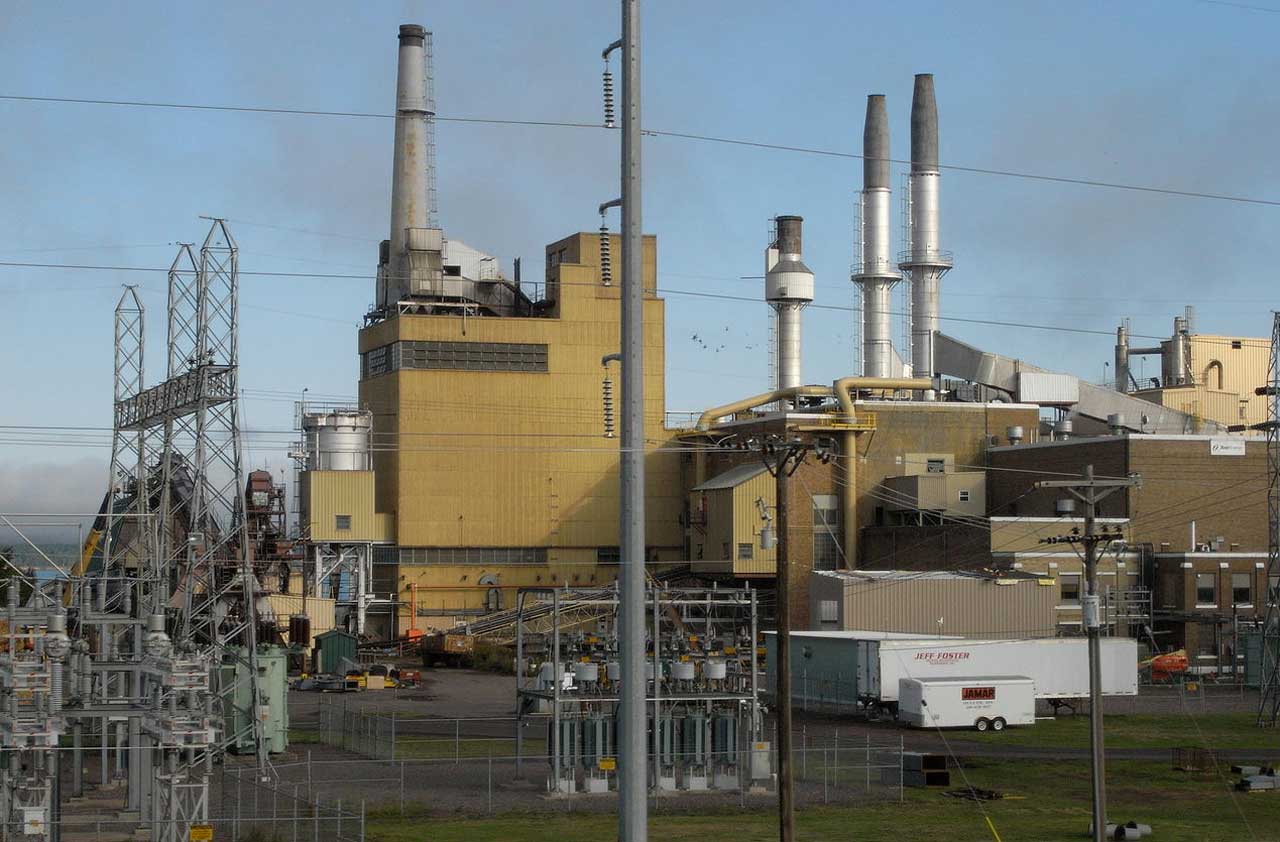5 Dividend Stocks to Consider Selling Now
With interest rates in the basement and likely to stay there for some time, investors have, for good reason, flocked to dividend-paying stocks.


With interest rates in the basement and likely to stay there for some time, investors have, for good reason, flocked to dividend-paying stocks. But demand has pushed up the prices of many popular payers to possibly unsustainable levels. These stocks could be vulnerable to steep declines.
People who can live off of their dividend income and can ignore share-price fluctuations may not have to worry much about a market reversal. After all, given enough time, the price of a good company will eventually recover. But investors who can’t stomach a downturn—even if it proves temporary—may want to lighten up on some overpriced dividend stocks.
We’ve identified five dividend payers that look overvalued and that you should consider unloading. Keep in mind that if you own these stocks in a taxable account, selling could generate capital gains, on which you might have to pay income taxes.
All prices and returns are through August 19. Price-earnings ratios are based on estimated earnings over the next four quarters.

Campbell Soup
- Symbol: CPBPrice: $61.03Market capitalization: $18.8 billionAnnual dividend rate per share: $1.25Dividend yield: 2.0%Price-earnings ratio: 20Investors have taken comfort in Campbell Soup and the comfort foods it produces for more than a century. But Campbell, which makes its eponymous soups, Pepperidge Farm baked goods and Prego pasta sauces, among other things, is a mature company with stagnant sales. It essentially has been able to generate modest earnings gains by cutting costs. And although analysts see earnings rising by 6% in the fiscal year that ends in July 2017, they expect revenues to inch up by just 1%.
- SEE ALSO: 4 High-Yield Stocks Worth the Risk
Tepid growth notwithstanding, Campbell’s shares have returned 24% over the past year. The stock, which boasted a dividend yield of 4.2% at the end of 2012, now pays just 2.0% (yield is calculated by dividing the annual dividend rate by the share price). That’s less than the 2.2% yield of Standard & Poor’s 500-stock index and the 2.6% yield of the average consumer-staples stock. Moreover, Campbell hasn’t raised the payout since 2013. And at 20 times estimated year-ahead earnings, Campbell’s P/E is higher than the overall market’s P/E of 17.

Church & Dwight
- Symbol: CHDPrice: $98.95Market capitalization: $12.7 billionAnnual dividend rate per share: $1.42Dividend yield: 1.4%Price-earnings ratio: 27Church & Dwight, maker of Arm & Hammer and OxiClean products, has long been a stock market star, thanks largely to the company’s ability to turn modest upticks in sales into impressive profit gains. The stock’s price has doubled since October 2012. But over that period, the dividend rate has climbed only half as much, from 96 cents per share to the current $1.42. As a result, the yield is now just 1.4%. Meanwhile, earnings have climbed just 11% annualized over the past four years, and analysts expect slightly slower growth over the next few years. The stock sells for a rich 27 times estimated earnings.
- SEE ALSO: Is There a Bubble in Dividend Stocks?
Simon Shoucair, an analyst at Value Line, says Church & Dwight is a fine company, but at today’s price, he waves investors away from the stock. “Those seeking to buy and hold should look elsewhere,” he says.

Consolidated Edison
- Symbol: EDPrice: $76.50Market capitalization: $23.3 billionAnnual dividend rate per share: $2.68Dividend yield: 3.5%Price-earnings ratio: 19Shares of the big New York City-based utility have delivered un-utility-like results lately, soaring 34% since June 2015. Like most utilities, Con Ed is a slow grower. Earnings have climbed at an annualized pace of 3% over the past five years, and analysts see them edging up at just 2% annually over the next few years. Meanwhile, the dividend has risen at annual rate of just 2.2% over the past five years. With a P/E of 19, the stock looks precarious, says Travis Miller, director of utilities research at Morningstar.
Moreover, regulators in New York, where Con Ed does the bulk of its business, are rethinking the utility industry rulebook. In a state already known for tough regulation, the risk of even tighter standards makes Con Ed’s rich valuation seem foolhardy, says Miller. He suggests that investors step to the sidelines until the regulatory outlook clears up.

Sysco
- Symbol: SYYPrice: $52.48Market capitalization: $29.3 billionAnnual dividend rate per share: $1.24Dividend yield: 2.4%Price-earnings ratio: 23Shares of Sysco, the nation’s leading distributor of food and food-related equipment and supplies to restaurants, hospitals and other institutions, have been on a tear. Year to date, the stock has returned 29%, far outpacing the overall market’s advance. Because the share price has been climbing much faster than Sysco’s dividend, the stock, which yielded nearly 4% at the end of 2013, now pays 2.4%.
- SEE ALSO: 6 Good Dividend Stocks That Yield 5% or More
Sysco is a steady grower. Earnings from operations rose 10% in the fiscal year that ended June 30, and analysts see a similar increase in the current fiscal year. To be sure, Sysco’s predictable earnings and healthy balance sheet provide comfort to risk-averse investors. But Value Line analyst Robert Greene says the stock’s sizzling performance, which has pushed up the P/E to 23, leaves little room for near-term price appreciation.

Xcel Energy
- Symbol: XELPrice: $42.42Market capitalization: $21.6 billionAnnual dividend rate per share: $1.36Dividend yield: 3.2%Price-earnings ratio: 19Xcel Energy is the parent of utilities that provide electricity, natural gas or both in the central U.S.—Colorado, Michigan, Minnesota, New Mexico, Texas, Wisconsin and the Dakotas. The company has done a good job of working with regulators to produce steady profits, and it in turn has rewarded investors with regular (though modest) dividend hikes.
- QUIZ: How Well Do You Know Dividends?
But the geographic regions Xcel’s utilities serve aren’t growing much, so they’re likely to produce tepid gains in both revenues and earnings. The company is now waiting to hear whether Minnesota regulators will approve rate hikes that could help fuel future earnings and revenues, but that decision isn’t likely to be made for another year.
Yet, like many other utilities, Xcel’s stock has been booming—the shares have roared ahead 33% since June 2015. Morningstar’s Miller says the stock’s price is 26% higher than he thinks the company is worth. And Value Line analyst Paul Debbas says the stock’s long-term total-return potential is “negligible.”
Profit and prosper with the best of Kiplinger's advice on investing, taxes, retirement, personal finance and much more. Delivered daily. Enter your email in the box and click Sign Me Up.

-
 What to Do If You Plan to Make Catch-Up Contributions in 2026
What to Do If You Plan to Make Catch-Up Contributions in 2026Under new rules, you may lose an up-front deduction but gain tax-free income once you retire.
-
 If You'd Put $1,000 Into Lowe's Stock 20 Years Ago, Here's What You'd Have Today
If You'd Put $1,000 Into Lowe's Stock 20 Years Ago, Here's What You'd Have TodayLowe's stock has delivered disappointing returns recently, but it's been a great holding for truly patient investors.
-
 How to Max Out Your 401(k) in 2026 (New Limits are Higher)
How to Max Out Your 401(k) in 2026 (New Limits are Higher)In 2026, the maximum contribution limits for 401(k) plans have increased, giving you an excellent shot at maximizing your retirement savings.
-
 What Fed Rate Cuts Mean For Fixed-Income Investors
What Fed Rate Cuts Mean For Fixed-Income InvestorsThe Fed's rate-cutting campaign has the fixed-income market set for an encore of Q4 2024.
-
 The Most Tax-Friendly States for Investing in 2025 (Hint: There Are Two)
The Most Tax-Friendly States for Investing in 2025 (Hint: There Are Two)State Taxes Living in one of these places could lower your 2025 investment taxes — especially if you invest in real estate.
-
 The Final Countdown for Retirees with Investment Income
The Final Countdown for Retirees with Investment IncomeRetirement Tax Don’t assume Social Security withholding is enough. Some retirement income may require a quarterly estimated tax payment by the September 15 deadline.
-
 The 24 Cheapest Places To Retire in the US
The 24 Cheapest Places To Retire in the USWhen you're trying to balance a fixed income with an enjoyable retirement, the cost of living is a crucial factor to consider. Is your city the best?
-
 Dividends Are in a Rut
Dividends Are in a RutDividends may be going through a rough patch, but income investors should exercise patience.
-
 Municipal Bonds Stand Firm
Municipal Bonds Stand FirmIf you have the cash to invest, municipal bonds are a worthy alternative to CDs or Treasuries – even as they stare down credit-market Armageddon.
-
 High Yields From High-Rate Lenders
High Yields From High-Rate LendersInvestors seeking out high yields can find them in high-rate lenders, non-bank lenders and a few financial REITs.
-
 Time to Consider Foreign Bonds
Time to Consider Foreign BondsIn 2023, foreign bonds deserve a place on the fringes of a total-return-oriented fixed-income portfolio.
